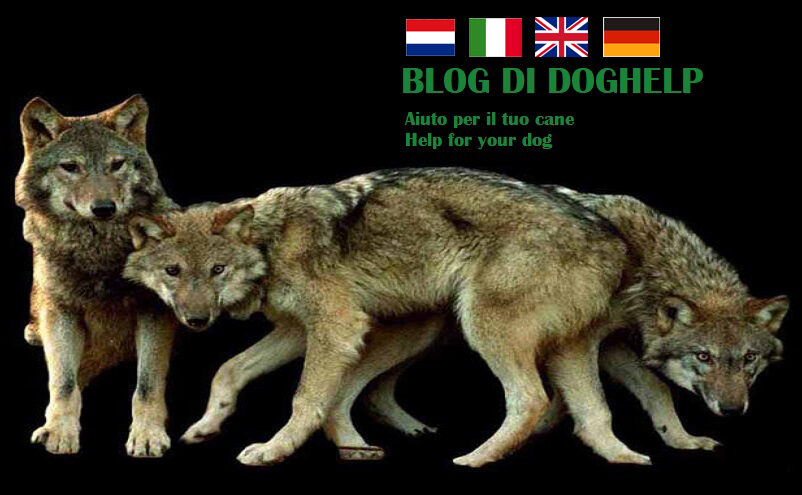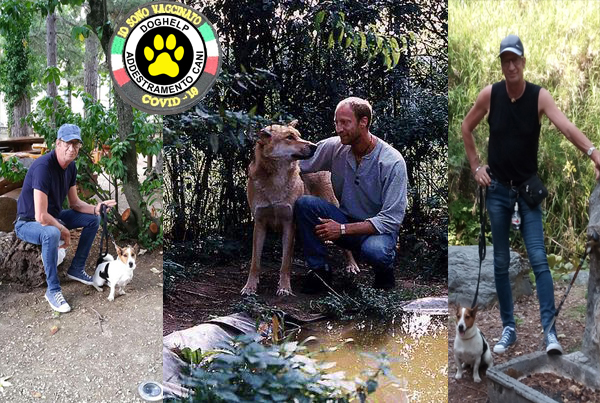Disapproval of violence!
There is a tendency that is getting worse: VIOLENCE. People seem to be getting hotter. Due to the extra feeling of feeling trapped during the unpleasant period of the pandemic, violence, especially domestic violence, appears to be on the increase. Violence that mainly targets women and children, but certainly also against pets. Disapproval of violence!
I strongly disapprove of any form of violence. I have a very low opinion of cowards who are aggressive towards their wives or children and even their pets. Big Cowards !!! It is great that an international signal has been designed through which women can make it clear to their environment or outside world that they are at risk due to violence by their partners, among others.
But what about our pets? Unfortunately, animals cannot send us a signal that we can clearly understand that they are being maltreated.
When animals are maltreated, this usually manifests itself through damage, which we see to the animal. The animal has physical injuries that did not just happen. For example, they show a broken body part, the muzzle is injured or has numerous bite wounds (after dog fights). In short, many animals are being violated, but it is very difficult to prove.
When dogs are abused, but they do not show any external injuries or features, it becomes even more difficult to recognize abuse or violence against the animal.
An indication of violence towards an animal is always the owner of the dog in the first instance. If this person is aggressive towards his family members or environment, then he will certainly often be aggressive towards the pets.
How can a dog show that he is being abused? The animal cannot consciously let us know, but an abused animal will often signal with its behavior that something is wrong.
Some of the dog’s behaviors caused by aggression or violence against him are: Fearfully crawling away, for example when visitors enter the house. Excessive displacement behavior (licking, scratching, yawning) in front of its owner. Display of fearful behavior (ears flat, tail between legs) when owner seeks contact. Suddenly aggressive behavior towards other family members, while the animal never showed aggression before.
The dog will therefore show extremely many stress signals.
The above behavioral characteristics are unfortunately not always the expression of violence by the owners. Dogs with poor socialization, abuse in their previous living environment, physical discomfort or other traumatic experiences may also exhibit the behaviors described above.
So do not draw conclusions too quickly that an animal is being abused, but keep your eyes and ears open to how the animal is treated within a household. As mentioned earlier; relate the animal’s behavior to the behavior of its owner.
Unfortunately, it is also a fact that a lot of violence against pets is not always carried out by the adult owner, but also often (secretly) by children in a household.
If you are confronted with (domestic) violence against animals, report this to the police or animal protection organizations. However, you must be very sure (evidence) that some form of animal cruelty is indeed taking place. Your vet can also advise you on how to deal with a case of animal cruelty.
If you have any questions or comments regarding this article, please let me know.









